Stuck in a rut? Here’s how to escape your comfort zone
From a gardener and a knifemaker to a classical musician and a whiskymaker, we asked a quartet of men how they managed to reinvent themselves…
There’s a time and a place for playing it safe. But, when your future, your chosen career or a chance at happiness hangs in the balance, it always pays to be brave. Staying safe and secure in your comfort zone may be easier in the short term — but, if you cut ties, up sticks and take a chance on life, you might end up making the very change you needed.
Just look at James Fleming, founder of the Aberlour Distillery. The son of a Banffshire grain farmer, Fleming broke away from the family business in 1879 to set up a spirited Scotch whisky brand.
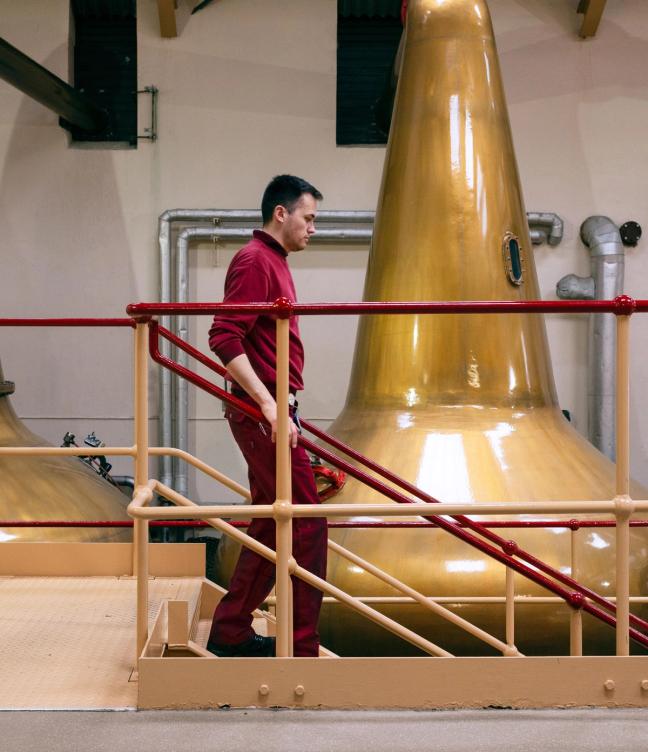
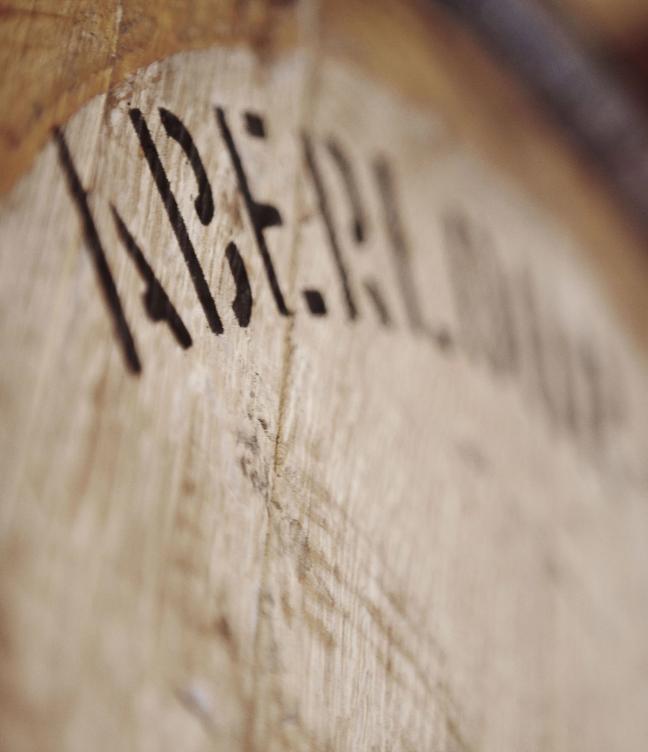
Even after striking out on his own, Fleming continued to be a trailblazer; and used local waterways to sustainably power his distillery. His pioneering legacy lives on to this day, and the Speyside-based brand still does things a little differently.
But more on that later. First, we’ve consulted with a handful of creatives and craftsmen from other industries — men who, despite starting off down one path, had the guts and gumption to break free from their comfort zones and pursue a more fulfilling life. Because, and here’s the honest truth, the grass sometimes is greener on the other side — something our first craftsman’s green fingers can attest to…
Charlie Harpur was an architect. Now, he’s a gardener…
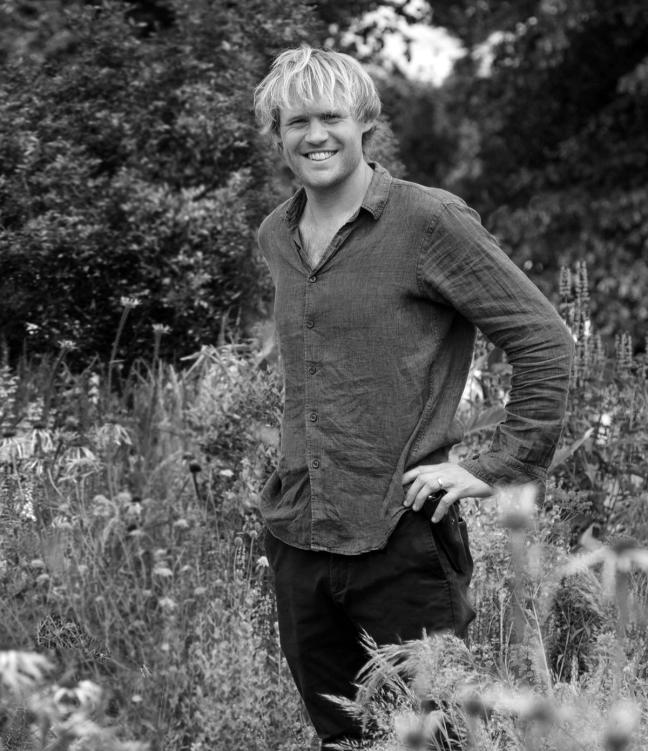
Photo by Mimi Connolly
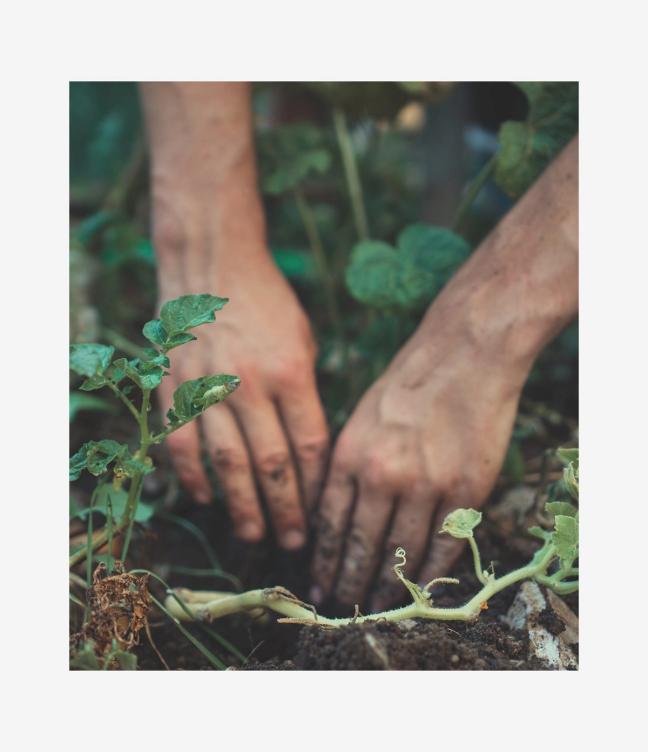
It takes seven years to train as an architect. That’s seven years for Charlie Harpur to settle into his schematic-drafting, permit-acquiring comfort zone. But the job was wrong for him. Thankfully, Harpur was brave enough to break free from his drafting board and pursue his true passion; gardening. Today, he works as a landscaper and plantsman for celebrated garden design practice, Tom Stuart-Smith Studio, and Harpur says that “looking back on how I was before I took control of my life, the difference is unbelievable”.
“Gardening makes me feel a part of the world,” he adds. “Being at a computer didn’t. And it’s not just the action and responsibility of tending to plants, it’s also the paying attention and thinking about how they actually grow, as well as understanding how they — and us — fit into the bigger picture”. So what propelled Harpur back into nature, and was there a single moment that spurred him on into the wonderful wilderness?
“The difference is unbelievable…”
How did you summon up the courage to take that leap?, It wasn’t easy, but I wish I had made peace with my decision sooner. There were three things preventing me from doing so: feeling that quitting was a failure; worrying that my career path wasn’t like everyone else’s and that I was wasting time; and worrying about what people would think of me when I jumped ship. After all, I was destined to be an architect from childhood. Everyone knew that! And I’d had spent too many sleepless nights in the design studio to just give up now. I didn’t know anything else than architecture. But, in the end, an opportunity arose that I wasn’t looking for and out of desperation I took it. I was free.
Must you convince yourself that you’re making the right decision?, Looking back — and hindsight is a wonderful thing — I now know that there is something incredibly liberating about making a life change like this. Rather than fearing the unknown, I found that there were plenty of new challenges to face that distracted me from what was going on in my worry-wearied head. Sure, it may feel that there might be awkward questions, or that time and money have been wasted, but there are always transferrable skills and life lessons which can be easily adapted.
What advice would you give others looking to make a change?, Don’t worry about what other people might think, and don’t put up with such crippling unhappiness. It’s nearly always a sidestep, not a step backwards. And if you’re worried about life not going to plan or if you feel a bit lost, be reassured by the words of director Baz Luhrmann: “The most interesting people I know didn’t know at 22 what they wanted to do with their lives. Some of the most interesting 40-year-olds I know still don’t.”
Laurie Timpson was a Scots Guard. Now, he’s a knifemaker…
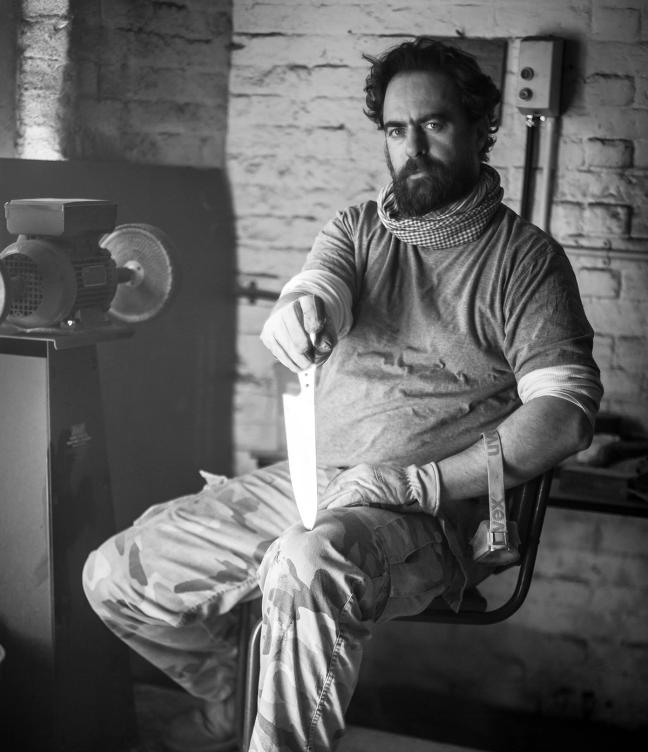
Photo by Niels Van Gijn

As comfort zones go, clearing landmines across the Middle East is a bit of an outlier. But, then again, so is Laurie Timpson. The former Scots Guard — and one-time Nairobi power station manager — is no stranger to being brave, but even he has had to push himself. “I’m very happy being on my own, in the remoter parts of the world, for months,” Timpson tells us. “Whereas, I’ll spend the weeks leading up to a London drinks party dreading it…”
Today, Timpson lives among the trees in Wiltshire, and is the co-founder of the sharply-designed kitchenware brand, Savernake Knives. He fired up the forge in 2016, after a debilitating desk job started to sap away his energy. “There’s only so much Excel one man can take in a day,” says the knifemaker. “So I rented a little room to do some forging as a break. And, as with most other things I’ve done, I really got in to it — and so the rabbit hole of knives sucked me in…”
“There’s only so much Excel one man can take in a day…”
How would you define the term, ‘comfort zone’?, Professionally, I’d say that a comfort zone is somewhere you are completely confident in managing routine events, and where you have the resources to deal with Donald Rumsfeld’s famous ‘unknown unknowns’. It’s where most of the comfort is derived from experience and learning from the inevitable mistakes. Personally, a comfort zone is far more subjective and probably less easy to change or expand without a concerted effort.
Why did you need to escape your desk job?, I’m arguably still in one now. I design and create programmes for everything on my computer and spend a fair amount of time dealing with emails. But, I suppose in contrast to other jobs, where you spend more time at a desk as the company grows and you become more senior within it, I would very much like the opposite to apply here. As we grow, I hope to spend more time in the workshop tinkering and experimenting. And then, one day, I won’t even know where the computer’s ‘on’ button is!
What would you say to those looking to reinvent themselves?, My advice for anyone thinking of changing tack — assuming they’ve already had a good think about it — is that, with a few obvious exceptions, given a good brain, a good work ethic, confidence, the ability to think laterally and a willingness to accept that mistakes will be made and must be learned from, pretty much anything is possible!
Stephan Moccio was a pop songwriter. Now, he’s a classical crossover pianist…
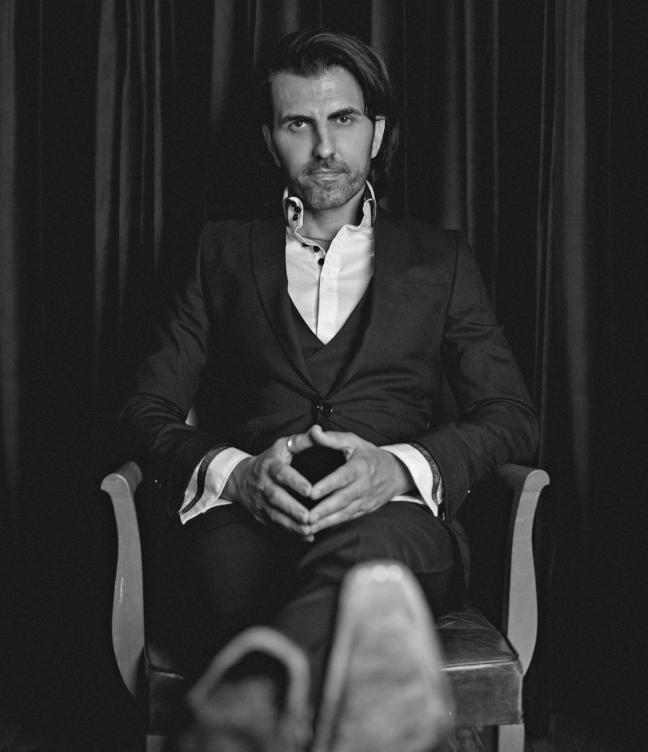

From Miley Cyrus’ anthemic ‘Wrecking Ball’ to The Weeknd’s ‘Earned It’, Stephan Moccio has written some of the biggest songs for the biggest artists; everyone from Seal to Celine Dion, Jason Derulo to James Blunt. But he wanted more — to perform and create the sort of music he wanted to play. And so, since 2019, Moccio has focused on his own instrumental piano music, and has reclaimed his musical talents for himself.
“Growth as an artist is unlikely when you are in a comfortable position,” explains Moccio. And it makes sense. Nobody can be their best selves, or create their best work, when being characterised or classified as something they’re not. Happily, since pivoting from pop songs to the piano work, Moccio feels more fulfilled, and has recently channelled this new optimistic outlook into an intensely intimate album, Lionheart.
“Growth is unlikely when you are in a comfortable position…”
What motivated you to find a new ‘comfort zone’?, It was an intentional decision to simplify my life and concentrate on what is essential. Creating more hit songs for the already overcrowded world of pop culture felt unnecessary. I wanted to feel l was producing music that aligned with my raison d’être. Also, maturity was — in part — a factor. Most people eventually realise how mortal they are at a certain point in their life and, with a desire to live my best life, I chose to return to the instrument that I know inside and out.
How did you know that making this music was the right move?, They are conversations with myself and the piano. The melodies are hauntingly truthful and raw. I achieve a distinctive feel since I record myself without any devise that keeps a steady musical tempo. For example, no click track is used in my recordings; there is an ebb and flow to the movement of my playing. I strive for mellifluous tones and textures which create sonic colours for the listener to be entertained by.
What propelled you to make the change?, I needed to become the artist. This was the only choice I could envision that would allow me to create the change I knew I was ready for. It required courage, but I felt equipped to handle this because I was exhilarated by the prospect of releasing art into the world where I could fully exert my influence over every aspect of the creative process.
Graeme Cruickshank was a technician. Now, he’s a master distiller…
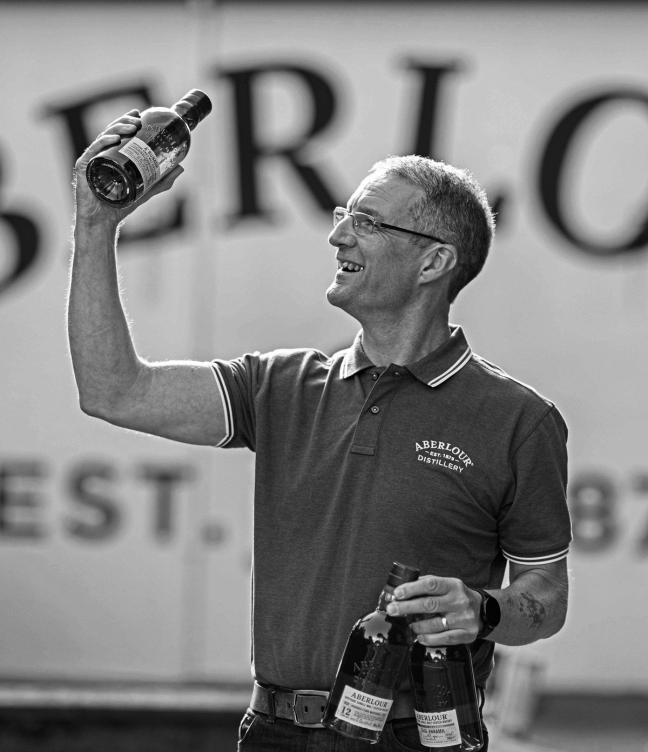

When Graeme Cruickshank took his first spirited steps into the whiskymaking industry, he did so with a technical mind. Much like Aberlour founder James Fleming, who harnessed the power of local waterways to create his Speyside Single Malts, Cruickshank was a technician for many years — working tirelessly to solve problems and advance the progression of automation. Today, the man from Moray is Aberlour’s Master Distiller, and he continues to further Fleming’s trailblazing work.
Because Aberlour is a brand without a comfort zone. Unlike any other distillery, the processes are pioneering (the delectable ‘A’bunadh‘ is entirely handmade), the casks are experimental (the ‘Casg Annamh‘ expression uses exclusively Spanish oak Oloroso butts) and the barley is local (whereas much Scotch whisky is created using batch-bought barley grown on England’s east coast). “At Aberlour,” says Cruickshank, “we are inspired by the actions of our founder. But we are also motivated by the future — to create a whisky that will be loved by generations to come..”
“We are motivated by the future…”
How did Aberlour become so adept at innovation?, It’s a group effort. I’ve got a great team behind me and we work really closely with teams across Chivas Brothers to ensure we’re continuing to innovate and open up Scotch whisky to new audiences around the world. At Aberlour we like to let our whisky do the talking. This has resulted in countless awards for our whisky which has fuelled our motivation to continue to push harder to maintain exceptional quality products, but also to innovate and explore new products, such as the new A’bunadh Alba.
What’s the first step towards creating a new, exciting whisky?, We look at everything from the cask type to the length of maturation to influence the flavours and inspire innovation. So much can be influenced, from the way the whisky is distilled through to the barley we use, as well as the cask. We work really closely with Chivas Brothers’ Director of Blending and Inventory Sandy Hyslop, who has been a master of his craft for over 30 years, and we get a lot of inspiration and knowledge through him and his team for new and existing Aberlour expressions.
How might whisky enthusiasts escape their own ‘comfort zone’?, I’d encourage anyone who is looking to enjoy whisky in a different way to try it in whichever way they feel most comfortable. Aberlour works brilliantly neat, with a drop of water, as a cocktail or over ice – the choice is there. There have been some excellent cocktails made with Aberlour; a personal favourite is an Old Fashioned or our take on the hot toddy using Aberlour 16 — which is great for those colder months.
Want more from Aberlour? Here’s how to make a spirited cocktail, the Aberlour 14 ‘Dramble’…
Become a Gentleman’s Journal member. Find out more here.

Become a Gentleman’s Journal Member?
Like the Gentleman’s Journal? Why not join the Clubhouse, a special kind of private club where members receive offers and experiences from hand-picked, premium brands. You will also receive invites to exclusive events, the quarterly print magazine delivered directly to your door and your own membership card.



